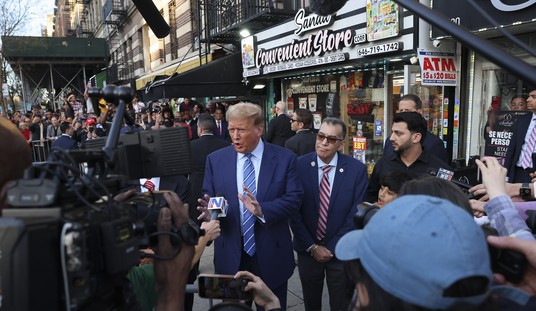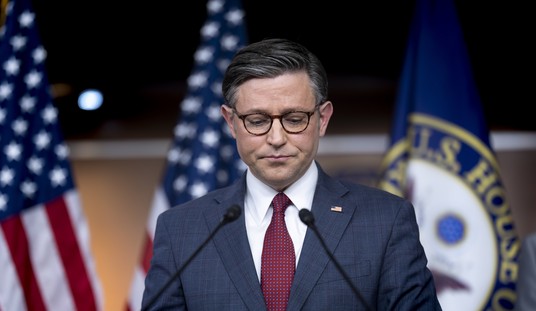Northwest Austin Municipal Utility District No. 1, in the City of Austin in Travis County, Texas, but independent of both, is a political subdivision that performs various governmental functions; its five-member board is elected to staggered, four-year terms in biannual nonpartisan elections. Under Texas law, Travis County controls voter registration; however, the District runs its own elections, which, before 2004, were conducted in private residences. Eventually, the District decided to hold elections at public locations, such as the neighborhood elementary school. Later, the District contracted with Travis County to put its elections on the larger county ballot, to delegate the task of conducting the elections, and to benefit from Travis County’s election apparatus, which includes minority and language-minority election officials and workers and early-voting opportunities.

Because the District is within a “covered jurisdiction” under Section 5 of the 1965 Voting Rights Act, these changes required the prior approval—the “pre-clearance”—of the Attorney General of the United States. This requirement applies to the District even though no election-related lawsuit has ever been filed against it, no person has ever questioned its voting procedures, and no one has ever filed a complaint about its elections. In fact, despite the more than 40 years since enactment of the 1965 Act and the very favorable record of Texas, Travis County, and Austin in protecting the right to vote, when Congress reauthorized the Voting Rights Act in 2006, it continued to require “pre-clearance” by the District and all other “covered jurisdictions.”
In 1965, Section 5 and what the Supreme Court, in 1966, called its “uncommon exercise of congressional power” were essential given persistent, pervasive, and intransigent State action undertaken to deny African-Americans the right to vote. The Court held that, “under the compulsion of these unique circumstances, Congress responded in a permissibly decisive manner.” In reaching that conclusion, the Court had before it a voluminous legislative history that demonstrated that an “insidious and pervasive evil” had been “perpetuated in certain parts of the country through the unremitting and ingenious defiance of the Constitution” and that the past remedies prescribed by Congress had been unsuccessful. Thus, the Court held that Congress’s response was harmonious with and in proportion to the historical record.
Recommended
Not all enactments undertaken pursuant to Congress’s powers under the Fifteenth Amendment, such as the Voting Rights Act of 1965, pass judicial scrutiny, however, given that congressional involvement in matters normally left to the States is extraordinary and extra-constitutional. Thus, beginning in 1997, the Supreme Court, in a manner consistent with its 1966 Voting Rights Act ruling, demanded that Congress set forth a historical record to justify “exceptional” and “unique” actions, such as those undertaken three decades earlier. Over the next several years, the Court struck down acts of Congress that failed to meet that test.
It was in this context that, in 2006, the District filed a federal lawsuit arguing, among other matters, that Congress’s 2006 reauthorization of Section 5, lacking any record as to why the “exceptional” action adopted in 1965 was still justified in 2007, was unconstitutional. In May 2008, a three-judge panel of the federal district court for the District of Columbia brushed the challenge aside. On January 9, 2009, the Supreme Court agreed to review the ruling.
One week after Election Day 2008, Abigail Thernstrom and Stephan Thernstrom, authors of America in Black and White: One Nation Indivisible (Simon & Schuster, 1997) and the Nation’s top experts on race relations, writing in the Wall Street Journal, called for an end to the “aggressive federal interference in state and local districting decisions enshrined in the Voting Rights Act. . . .” They concluded, “[With the election of President Obama,] American voters have turned a racial corner. The law should follow in their footsteps.” Sometime in June 2009, the Supreme Court will decide if the law will or if, notwithstanding the fanfare and hoopla, Obama’s election means nothing after all.

























Join the conversation as a VIP Member